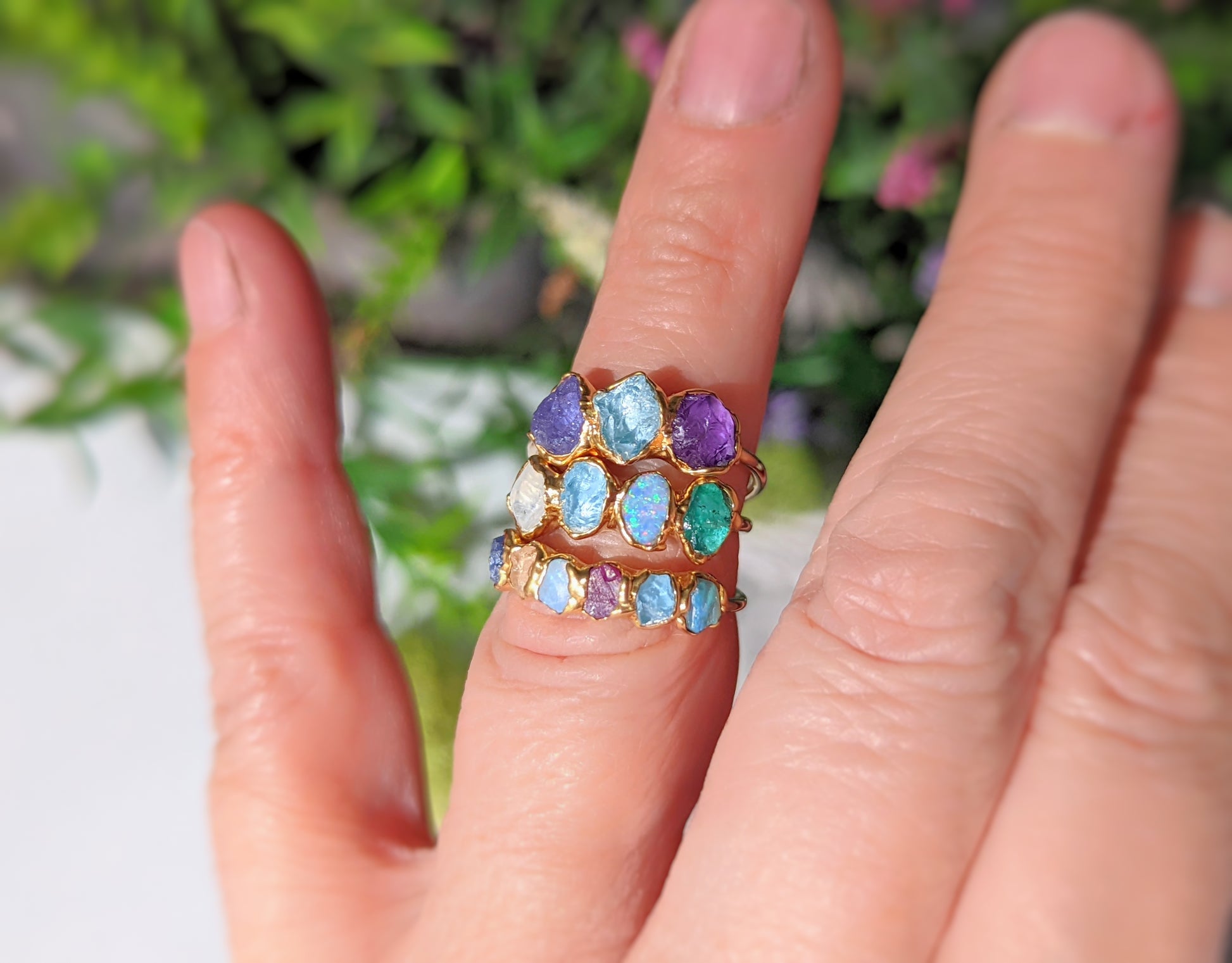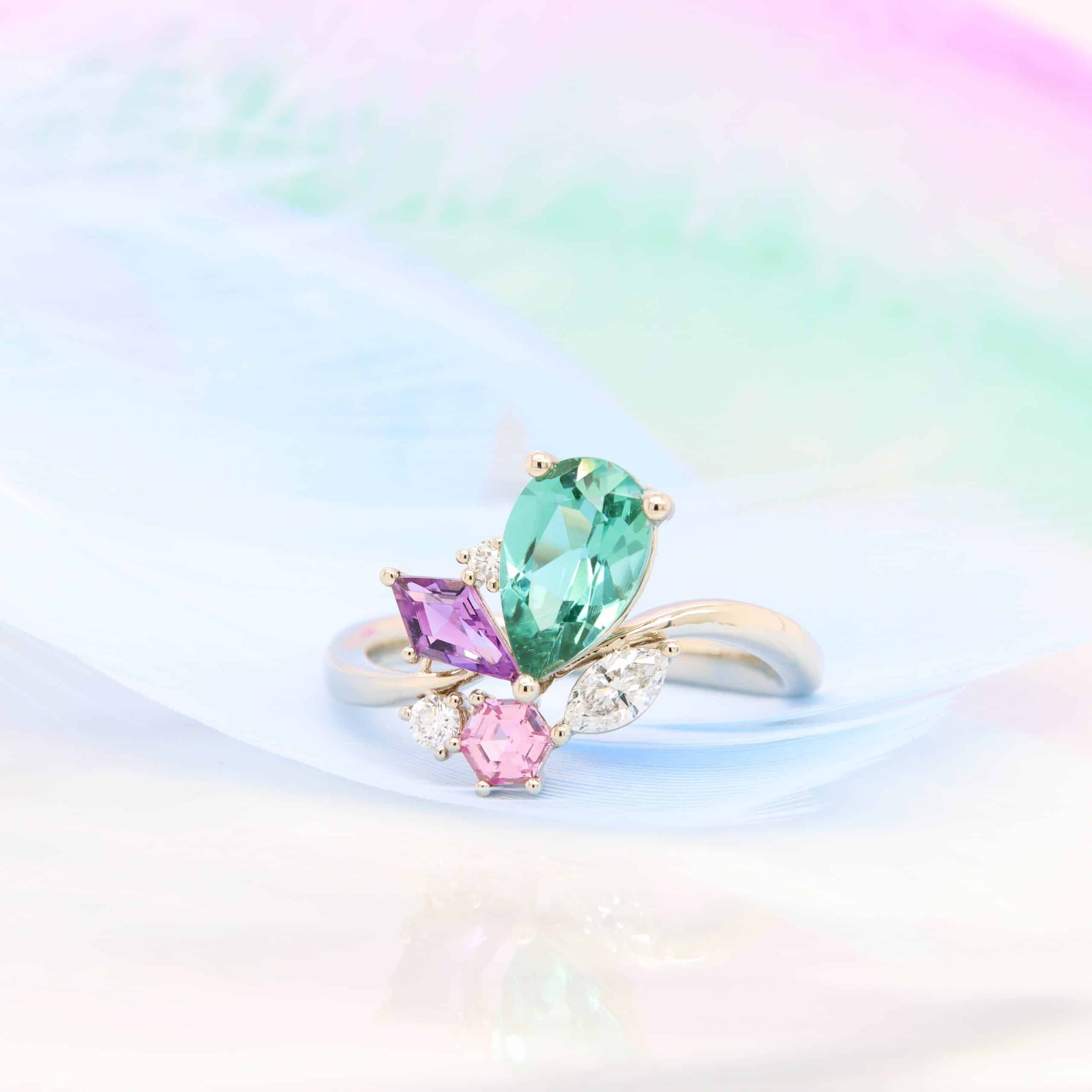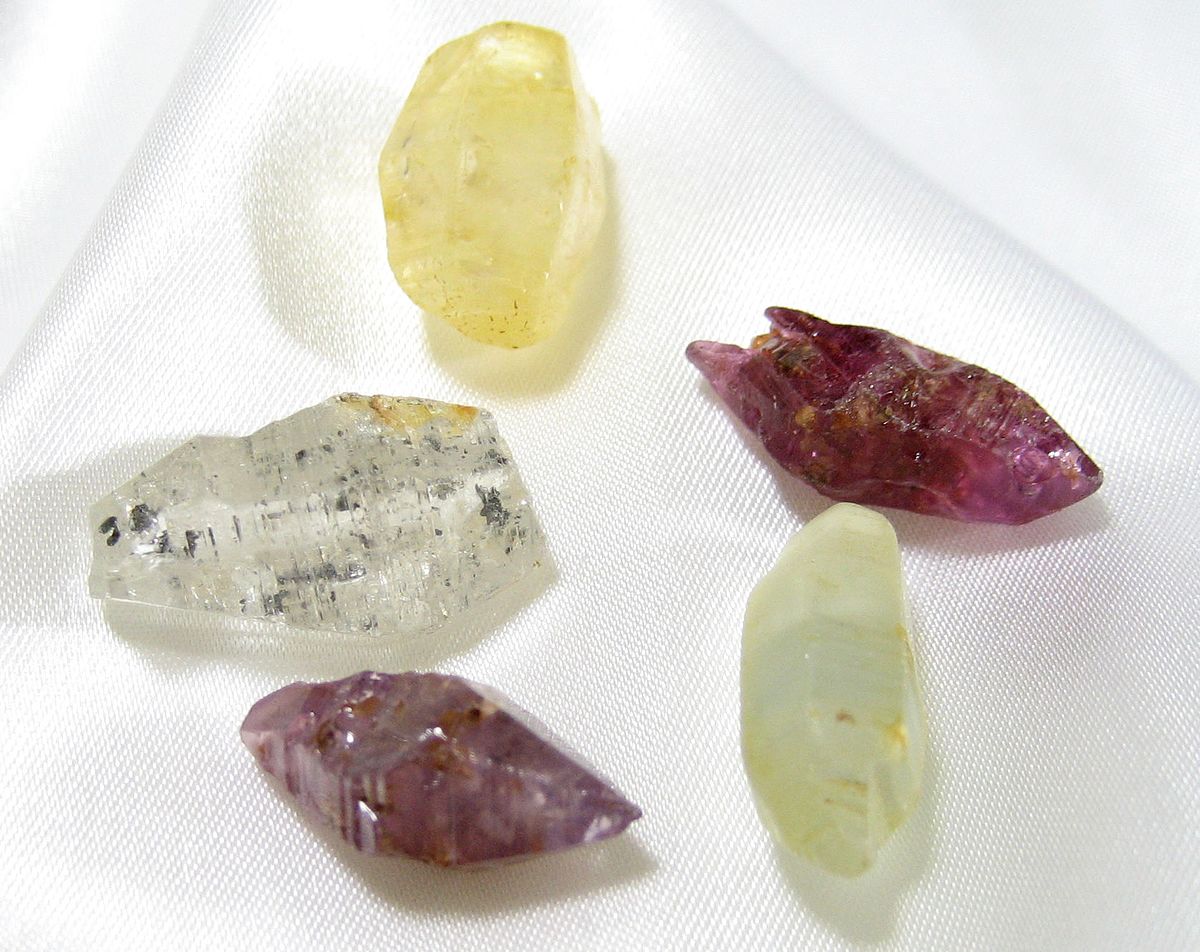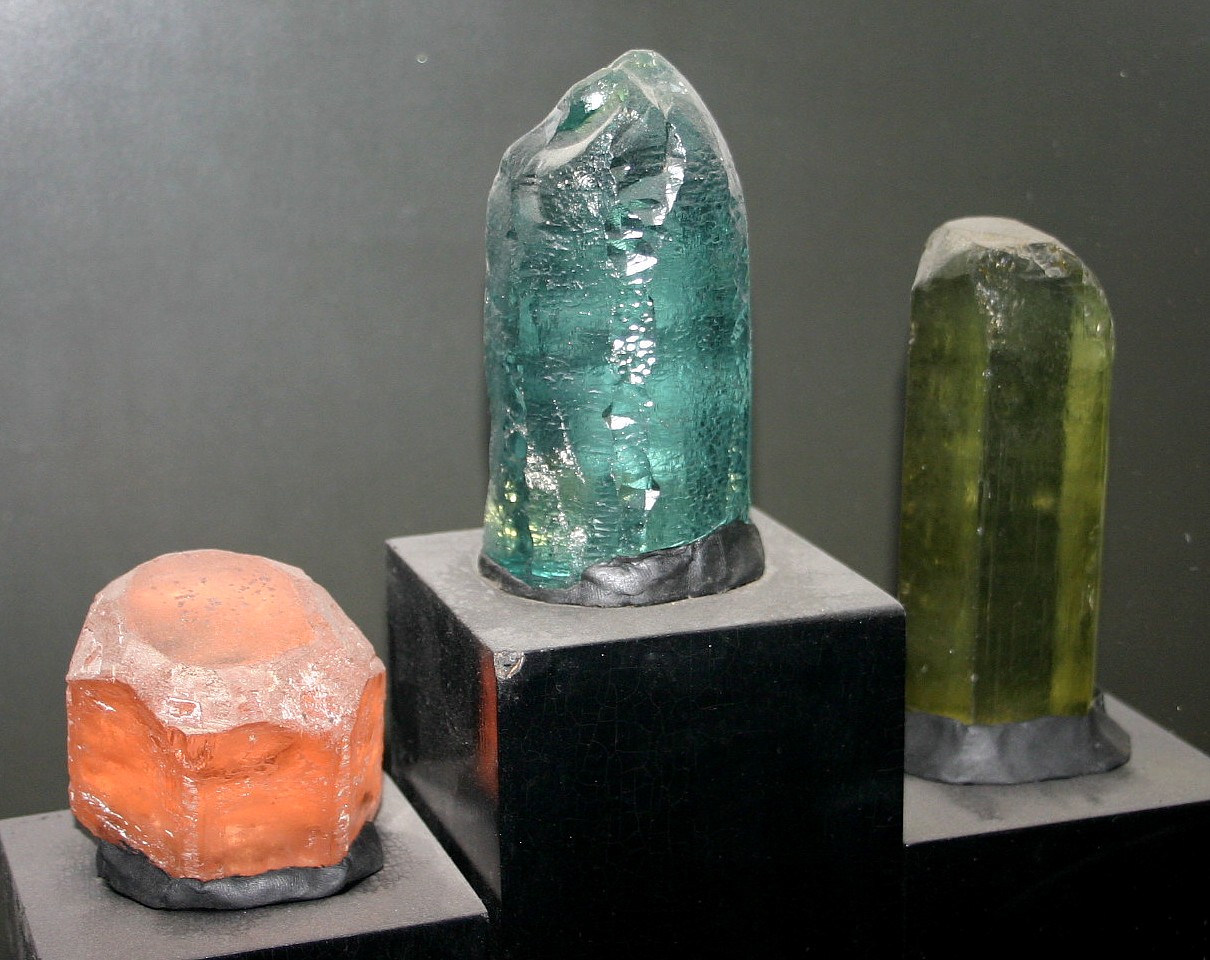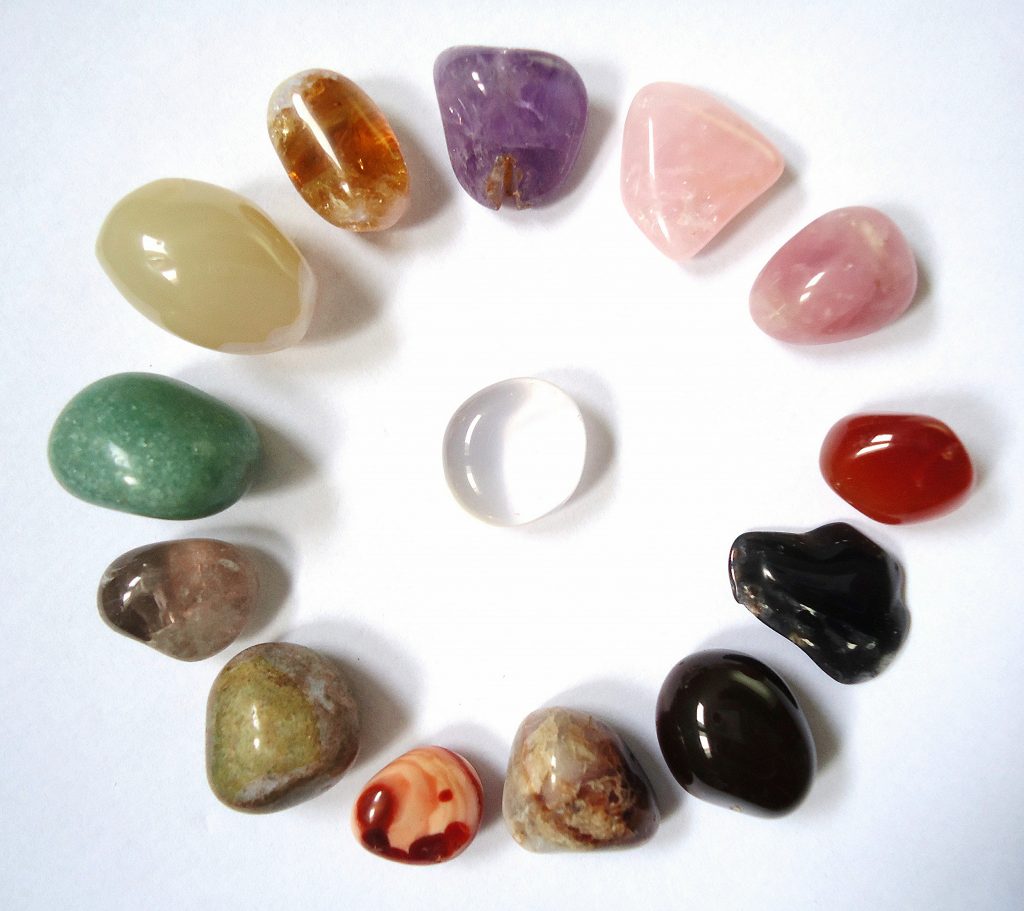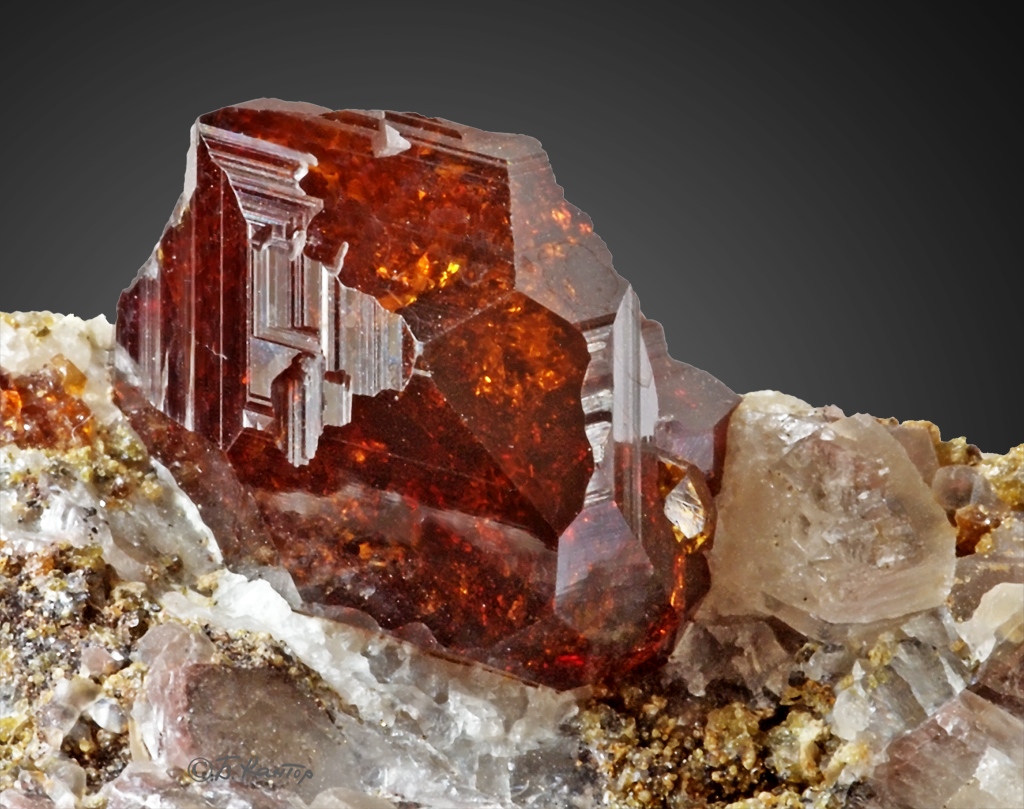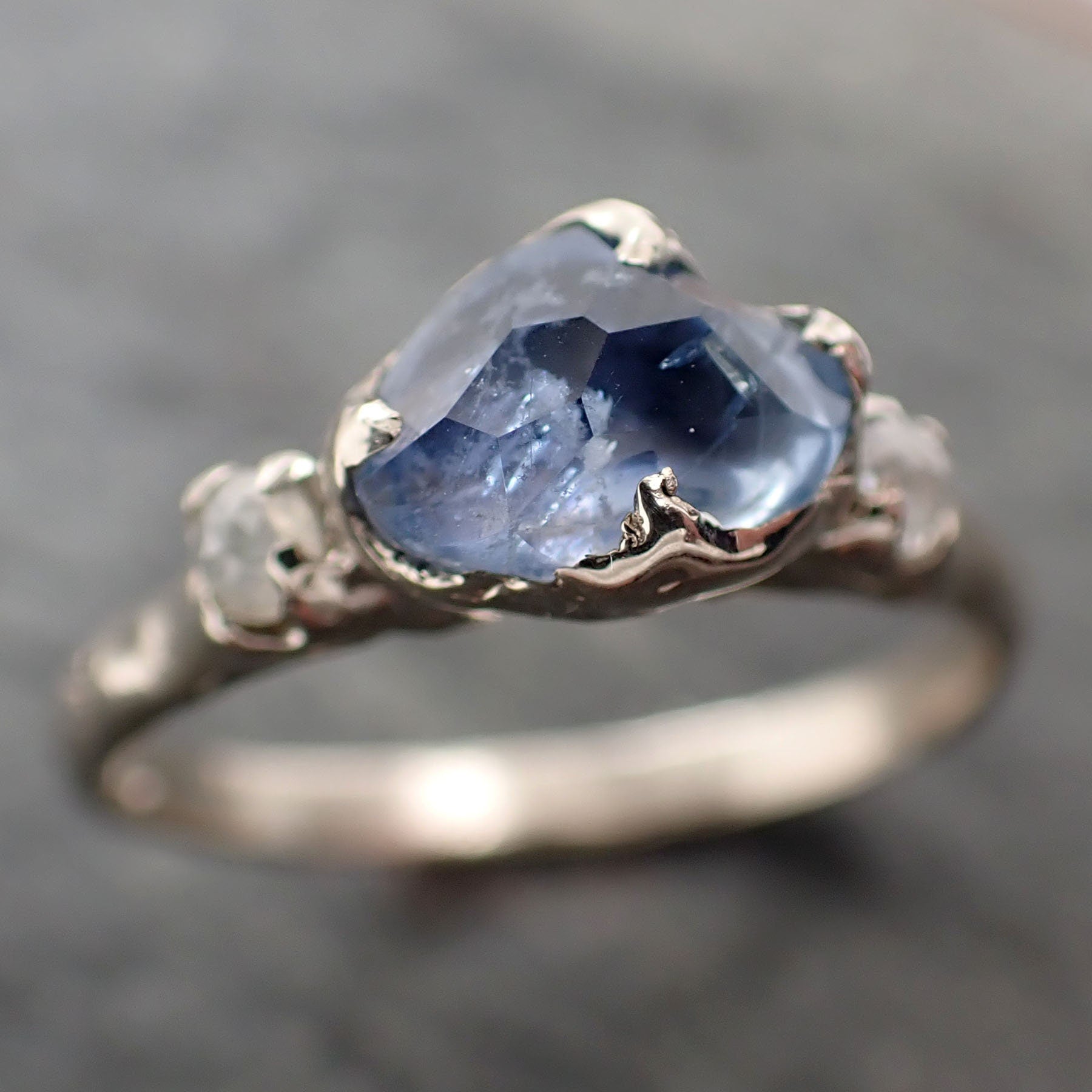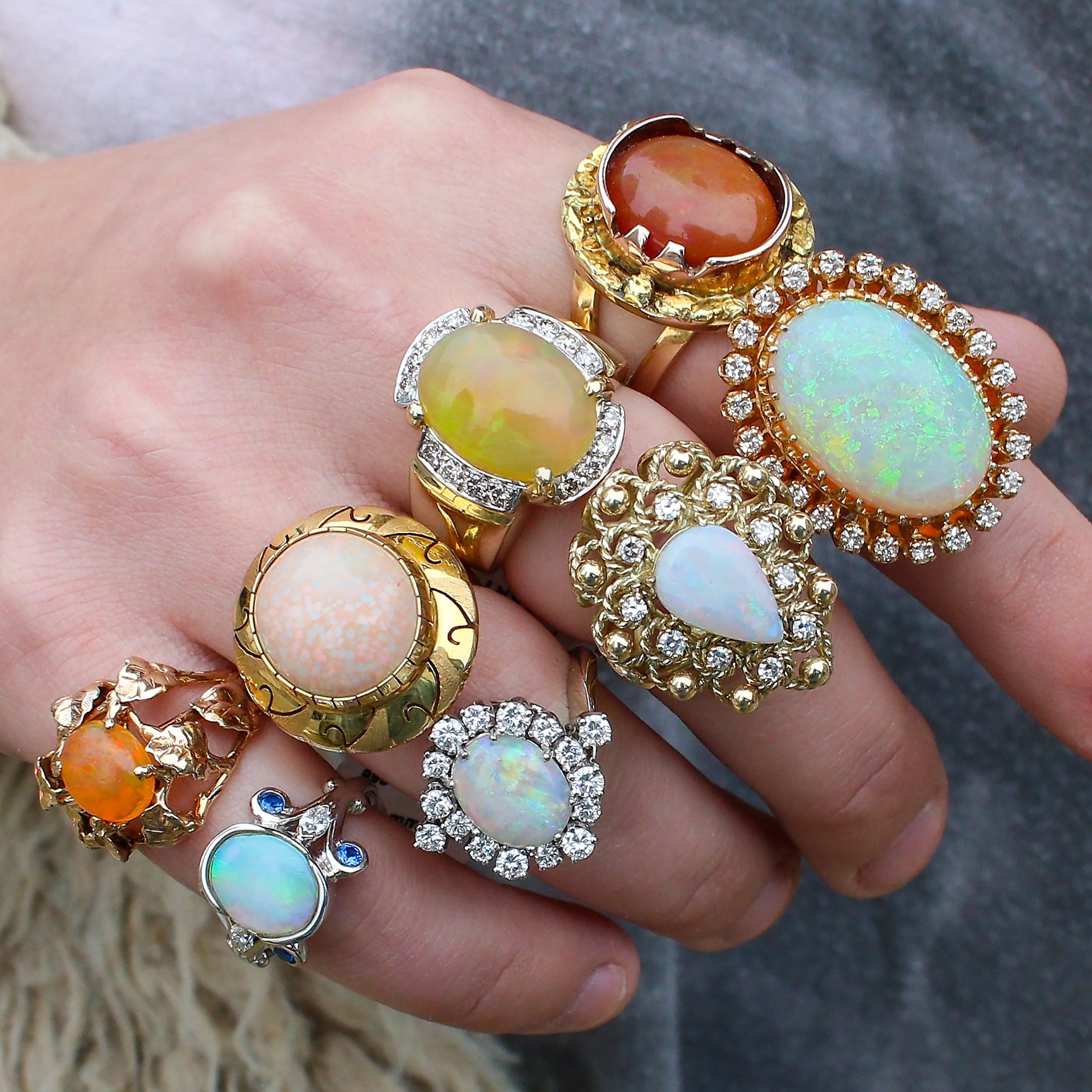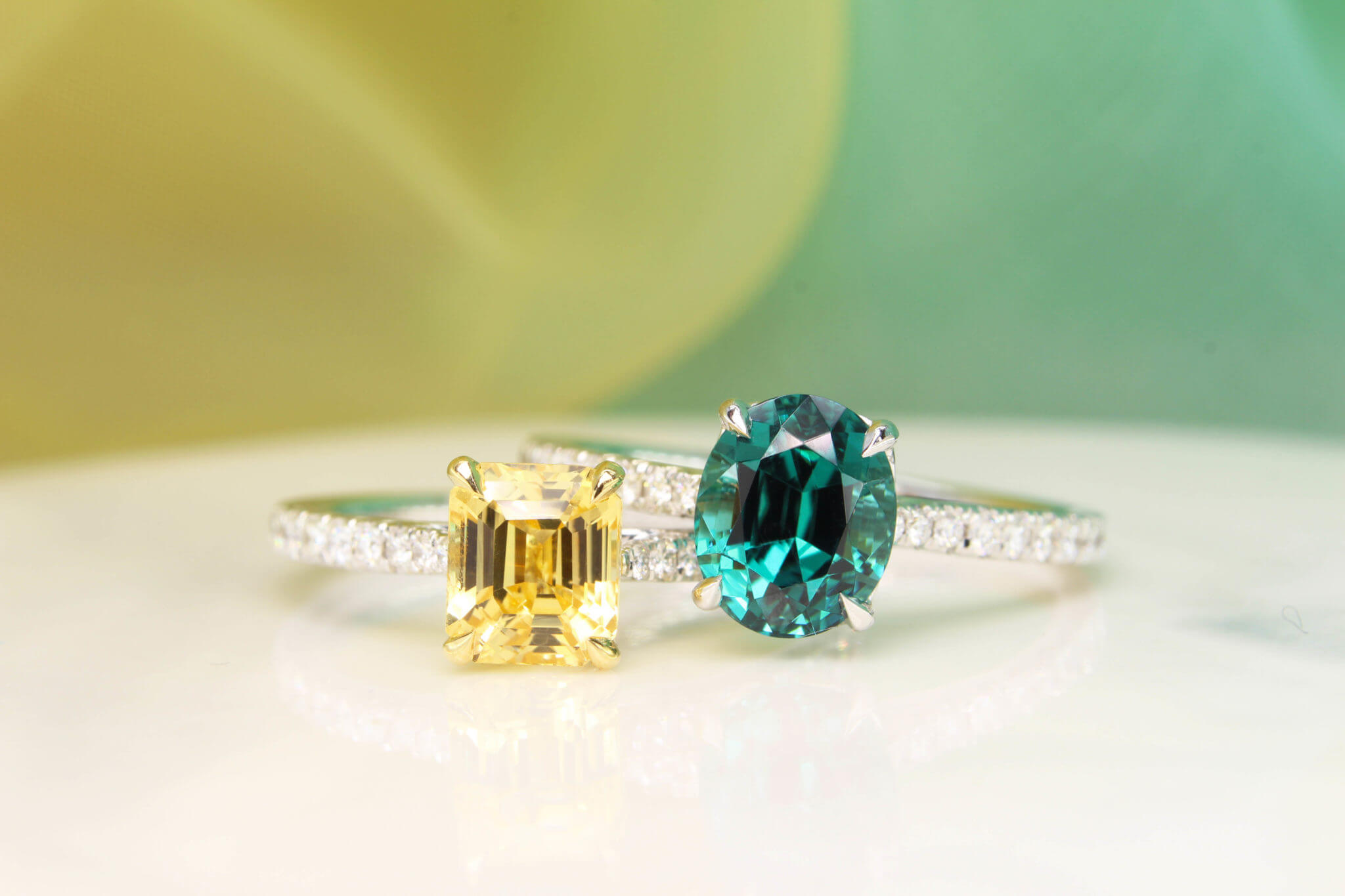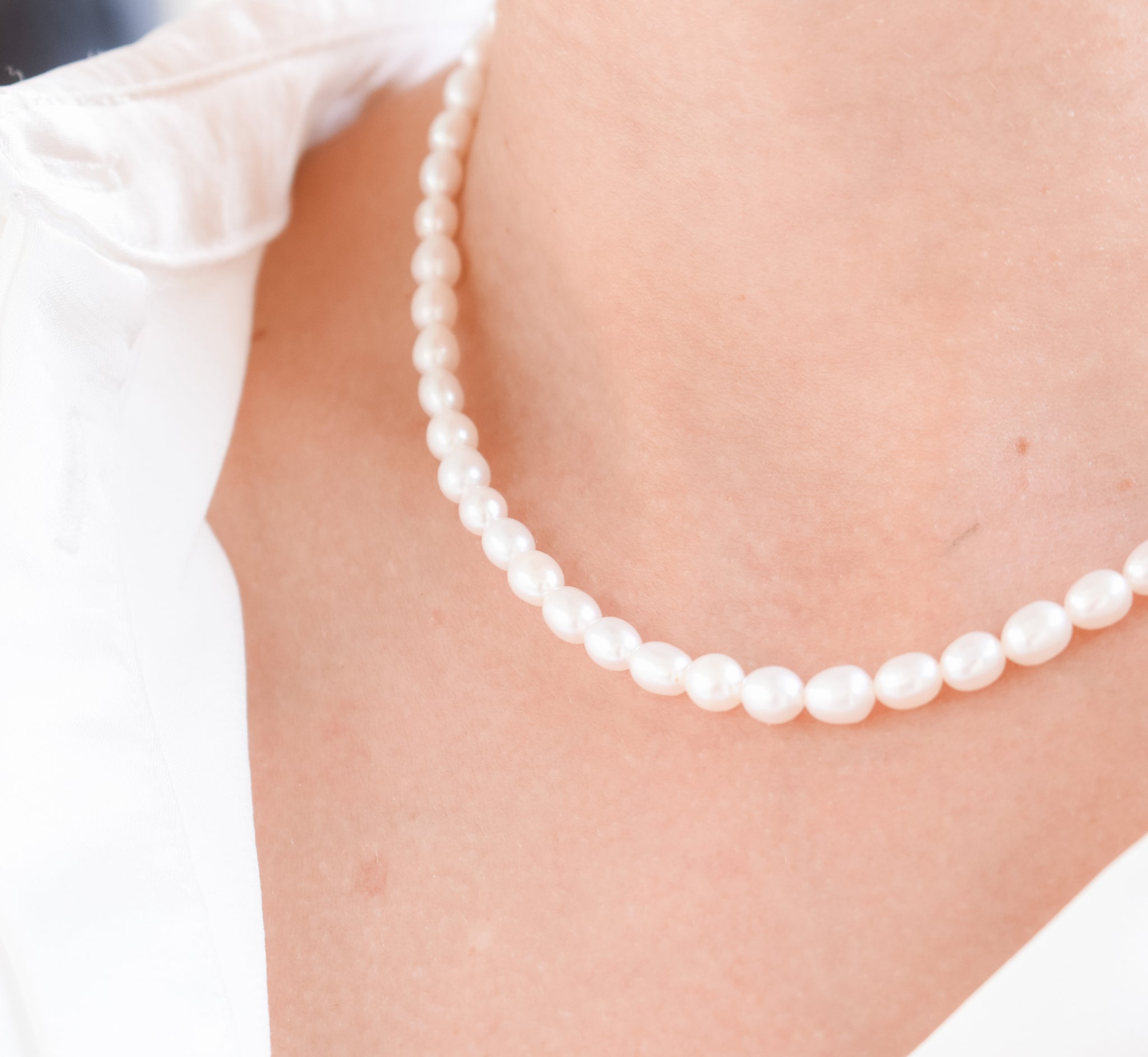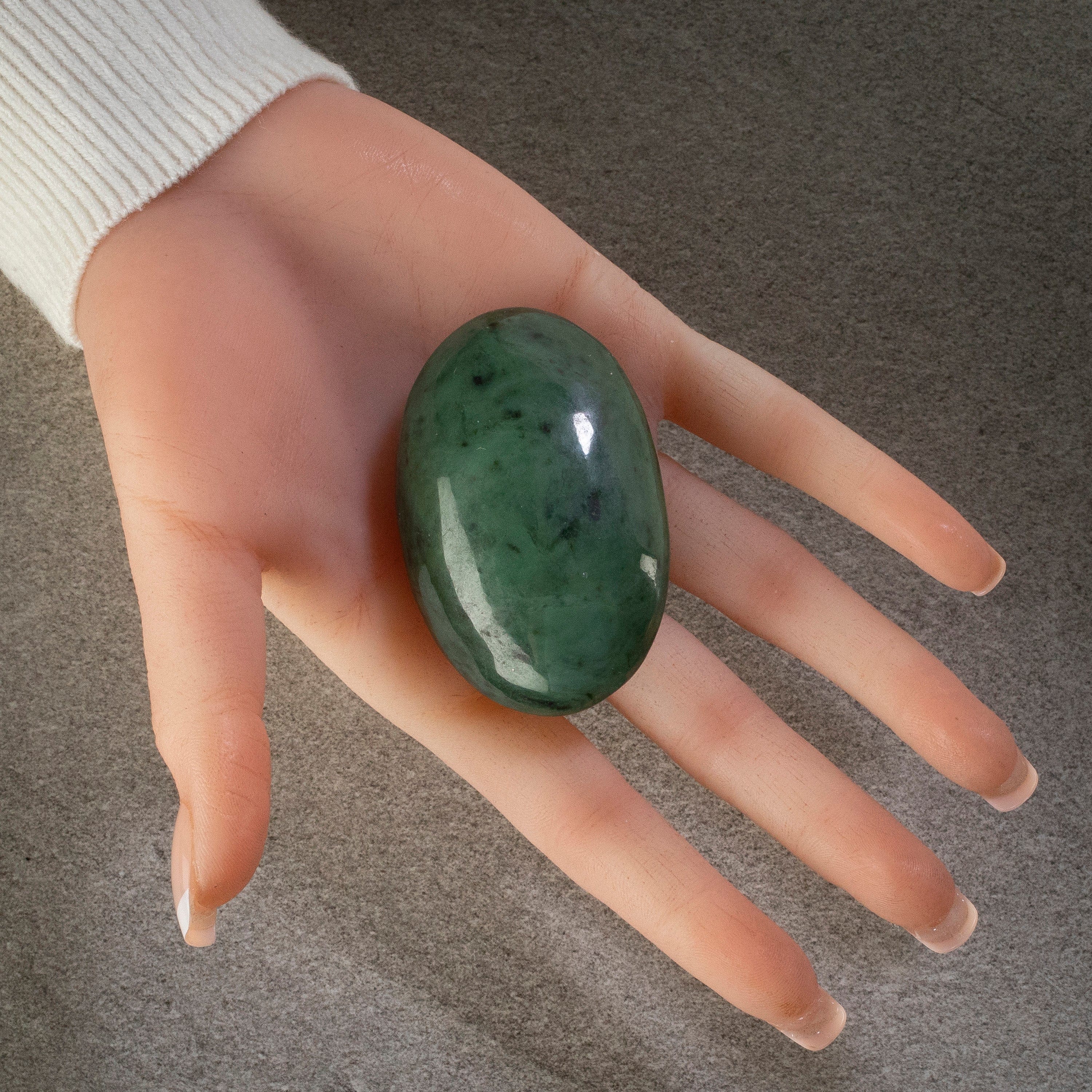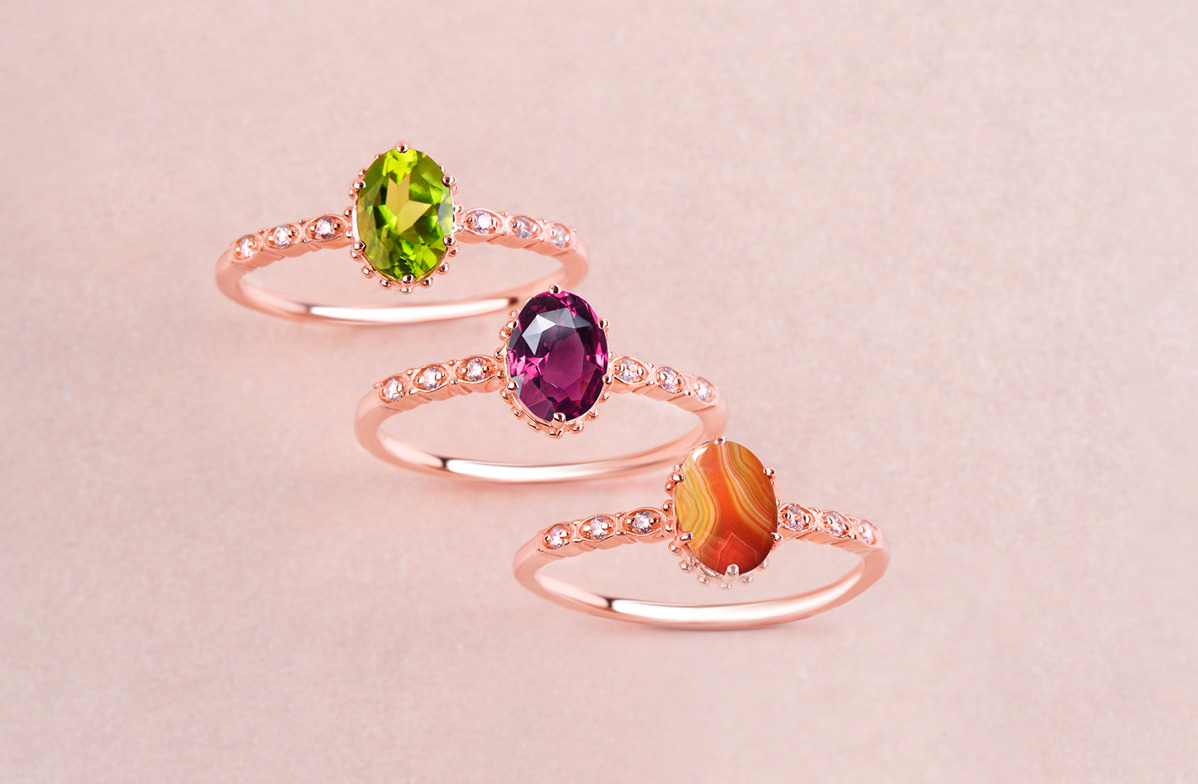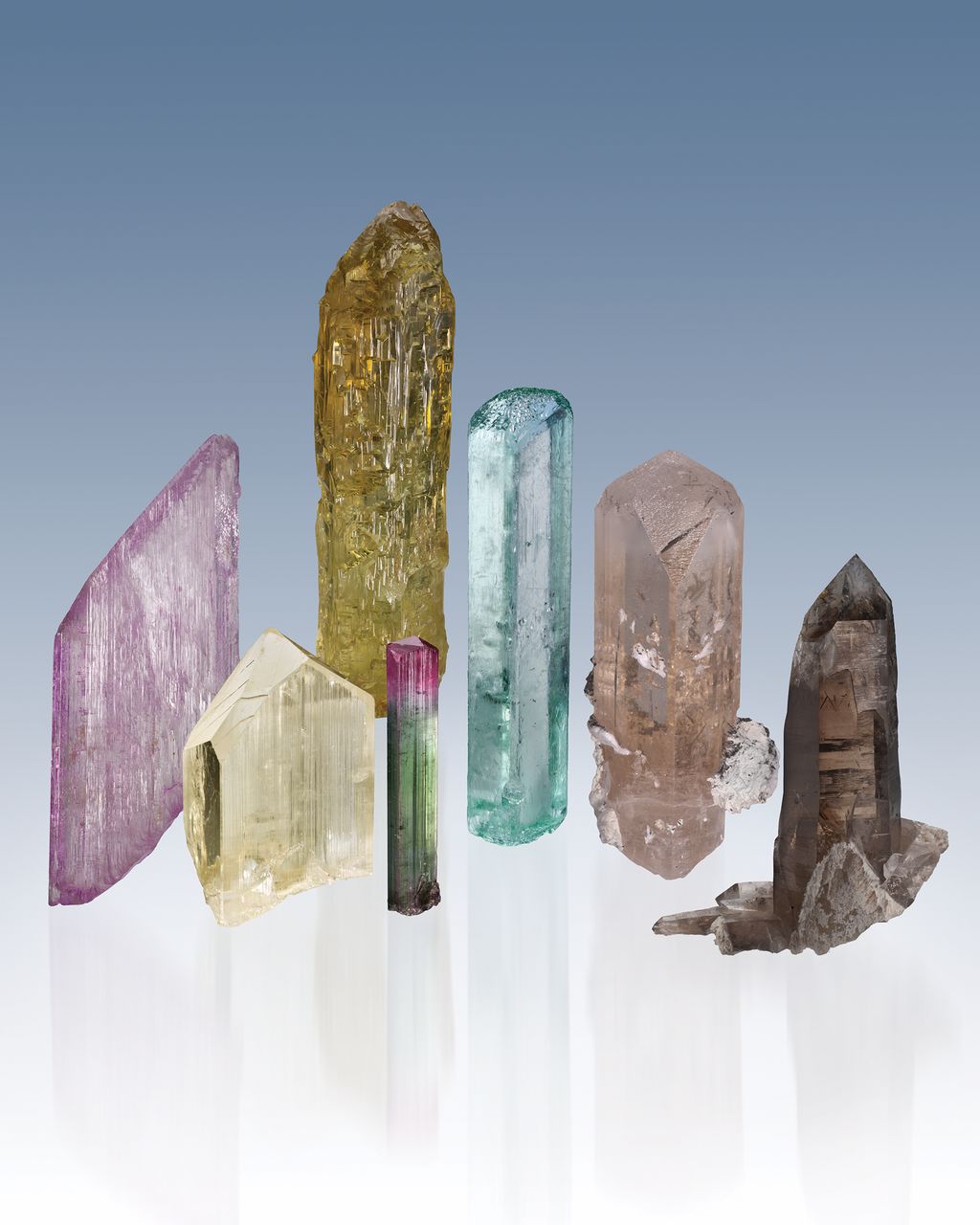
Gemstoneshave captivated humanity for millennia, their vibrant hues and unique properties making them objects of desire and wonder. These precious stones are classified into families based on their chemical composition, crystal structure, and shared characteristics. Exploring the diverse gemstone familiesunveils a world of mesmerizing beauty and geological fascination.
What Is The Meaning Of Gemstone Families?
Gemstone families refer to groups of precious or semi-precious stones that share similar chemical compositions, crystal structures, and, often, physical properties. These families serve as a categorization system, aiding in the classification and understanding of different types of gemstones. Each family may include multiple varieties of gems, each possessing its distinct characteristics, colors, and properties.
This classification helps gemologists and enthusiasts alike in identifying and appreciating the unique features of various gemstones. Exploring gemstone families allows for a deeper appreciation of the Earth's geological processes and the diverse beauty that emerges from them.
What Gemstone Represents Family?
Due to the global desire for healing gemstones, crystalsof all shapes and sizes have gone from hippy and Wiccan businesses to Paris fashion houses and Hollywood celebrity websites.
History and archeology show that rocks have been treasured for their spiritual abilities and beauty since humanity first collected them from riverbeds or sandy coasts. Ancient Egyptians, Assyrians, Greeks, and Romans used lapis lazuli, carnelian amber, agate, quartzamulets, pendants, and braceletsfor daily wear and the afterlife.
Communication, belonging, openness, support, and understanding are family values. Certain gems may unite and intimately connect individuals. Many gems contain energies that assist families in creating these pleasant sentiments.
The Genesis Of Gemstone Families - A Historical Overview
Here, we discuss the history of gemstone families.
Ancient Reverence For Precious Stones
Throughout history, gemstones have held a profound significance in various cultures. Ancient civilizations like the Egyptians, Greeks, and Romans revered these stones for their perceived mystical and healing properties. Gemstones were often associated with deities and used in religious ceremonies and talismans.
Early Classification Attempts
As human understanding of geology and mineralogy progressed, early attempts at classifying gemstones emerged. Scholars in ancient India and Greece began categorizing stones based on visual characteristics like color, transparency, and hardness. These rudimentary classifications laid the foundation for more systematic categorization systems.
The Birth Of Modern Gemology
During the Renaissance period, we witnessed a resurgence of interest in gemstones. Pioneering gemologists like George Kunz and Jean-Baptiste Tavernier made significant contributions to the field. Kunz, for instance, introduced the concept of birthstones, associating specific gemstones with each month of the year based on their metaphysical properties.
Mineralogical Advances And Gemstone Families
The 19th and 20th centuries saw remarkable strides in mineralogy, paving the way for a more scientific approach to gemstone classification. The development of X-ray crystallography and spectroscopy allowed for precise analysis of gemstone compositions and structures. It led to the establishment of formal gemstone families based on mineralogical criteria.
Modern Gemology - A Fusion Of Science And Art
Contemporary gemology combines ancient reverence with cutting-edge science. Gemologists today utilize advanced techniques like spectrophotometry and electron microscopy to analyze gemstones. This interdisciplinary approach has deepened our understanding of gemstone families, enabling precise identification and appraisal.
Significance Of Gemstone Families
The significance of gemstone families encompasses a range of cultural, geological, and practical aspects. Here are some of the key points that highlight their importance:
Cultural And Historical Significance
Gemstone families have played a pivotal role in various cultures and civilizations throughout history. They have been revered for their perceived mystical properties, used as symbols of power and status, and incorporated into religious and spiritual practices.
Geological Understanding
Gemstone families provide valuable insights into the Earth's geological processes. The classification of gemstones based on their chemical composition and crystal structure offers a window into the complex forces and conditions that shape our planet.
Identification And Authenticity
Knowledge of gemstone families is crucial for gemologists, jewelers, and collectors in accurately identifying and classifying gemstones. It helps ensure the authenticity and value of gemstone jewelryand specimens.
Aid In Gemstone Buying And Selling
Understanding gemstone families allows buyers and sellers to make informed decisions about the quality, rarity, and value of gemstones. It empowers consumers to select gemstones that align with their preferences and budgets.
Facilitates Gemstone Matching And Pairing
Knowing which gemstones belong to the same family can be beneficial for jewelry designers and artisans. It enables them to create cohesive and harmonious pieces by combining gems that share similar properties.
Appreciation Of Gemstone Diversity
Gemstone families showcase the incredible diversity of colors, textures, and properties that exist in the mineral world. This diversity adds to the allure and beauty of gemstones, making them a source of fascination for enthusiasts and collectors.
Birthstones And Personalized Jewelry
Gemstone families are associated with specific months, known as birthstones. These stones hold special significance for individuals born in those months, serving as personalized symbols of luck, protection, and well-being.
Enhances Gemological Research And Study
For researchers and scholars in the field of gemology, understanding gemstone families forms the basis for conducting detailed studies on the properties, occurrences, and geological origins of various gemstones.
Cultural And Spiritual Practices
In some cultures, specific gemstones from particular families are believed to possess spiritual or healing properties. They may be used in rituals, ceremonies, or as talismans for protection and positive energy.
Preservation And Conservation
Knowledge of gemstone families aids in the conservation and responsible sourcing of gemstones. It allows for the identification of ethical and sustainable mining practices, contributing to the preservation of natural resources.
Best Types Of Gemstone Families
The world of gemstones encompasses a diverse array of families, each with its unique allure and characteristics. Here are some of the most revered and sought-after gemstone families:
Corundum Family
The corundum family boasts two of the most cherished gemstones: sapphires and rubies. Sapphires, known for their rich blue hues, come in a spectrum of shades, from velvety indigo to vibrant cornflower. Rubies, on the other hand, are prized for their deep, fiery reds. Both gemstones exhibit remarkable hardness, making them ideal for jewelry that withstands daily wear.
Beryl Family
The beryl family showcases an enchanting range of colors, with emeralds and aquamarines taking center stage. Emeralds, renowned for their lush green tones, are coveted for their rarity and captivating brilliance. Aquamarines, with their tranquil blue hues reminiscent of the sea, exude a soothing and timeless elegance.
Quartz Family
Quartz, one of the most abundant minerals on Earth, yields a stunning variety of gemstones. Amethyst, with its regal purple hue, is a beloved gemstone known for its spiritual and calming properties. Citrine, a radiant golden gem, is associated with prosperity and abundance. Rose quartz, suffused with gentle pink tones, is a symbol of loveand compassion.
Garnet Family
The garnet family is celebrated for its diversity in color, ranging from fiery reds to vibrant greens. This gemstone family includes well-known varieties like pyrope, almandine, and tsavorite. Garnets are revered for their brilliance and durability, making them a popular choice for both traditional and contemporary jewelry designs.
Diamond Family
Diamonds, the crown jewel of gemstones, belong to a unique family of their own. Composed of pure carbon, diamonds are renowned for their exceptional hardness, brilliance, and fire. They come in a wide range of colors, with colorless and near-colorless varieties being the most prized. Diamonds hold a special place in both tradition and modernity as symbols of enduring love and elegance.
Opal Family
Opals are a mesmerizing gemstone family known for their distinctive play of colors, known as opalescence. These stones form from hydrated silica gel infiltrating crevices in rocks. Opals come in an array of colors and patterns, making each gemstone a unique work of art. They are prized for their ethereal beauty and are often associated with creativity and inspiration.
Tourmaline Family
The tourmalinefamily is renowned for its dazzling array of colors, including vibrant pinks, deep greens, and electric blues. Tourmalines are prized for their pleochroism, a phenomenon where a single gemstone displays different colors when viewed from different angles. These gemstones are celebrated for their versatility and are frequently used in jewelry designs.
Pearl Family
Pearls are unique among gemstones as they are formed within living organisms, primarily oysters and mussels. These iridescent orbs are prized for their lustrous surfaces and natural elegance. Cultured pearls, cultivated with human intervention, have allowed for a wider availability of these treasures. Pearls have been cherished for centuries and are associated with purity, wisdom, and timeless beauty.
Jadeite And Nephrite Family
Jadeite and nephrite are both revered as "jade," a term that historically encompassed both minerals. Jadeite is the rarer and more valuable of the two, known for its vibrant green hues and exceptional clarity. Nephrite, while typically less transparent, exhibits a broader range of colors, including shades of green, white, and grey. Jade has profound cultural significance in various civilizations, symbolizing harmony, balance, and protection.
Peridot And Spinel Family
This gemstone family combines two distinct yet equally captivating gems. Peridot, with its vibrant green hue, is associated with vitality and renewal. It is formed deep within the Earth's mantle and brought to the surface through volcanic activity.
Spinel, known for its wide array of colors, including vivid reds, blues, and pinks, was often mistaken for other gemstones in history. These gems offer a kaleidoscope of options for jewelry enthusiasts seeking unique and vibrant pieces.
How Do We Classify Gemstone Families?
Classifying gemstone families involves a systematic approach based on their shared characteristics, such as chemical composition, crystal structure, and physical properties. Here's a step-by-step guide on how to classify gemstone families
Chemical Composition Analysis
Analyzing the chemical composition of a gemstone is a fundamental step in classification. It involves identifying the elements and compounds present, which provides crucial information about the gem's family.
Crystal Structure Examination
The crystal structure of a gemstone is a critical determinant in its classification. Different families have distinct crystal formations, such as cubic, hexagonal, or orthorhombic, which aid in accurate categorization.
Physical Properties Assessment
Examining physical properties like hardness, specific gravity, refractive index, and cleavage or fracture patterns helps in narrowing down the potential gemstone family. These characteristics are often unique to particular families.
Optical Properties Evaluation
They are gathering data on optical properties, including pleochroism, birefringence, and dispersion, which aids in the identification process. These properties can be crucial in distinguishing between gemstone families.
Use Of Specialized Equipment
Utilizing specialized gemological tools such as refractometers, spectrometers, and polariscopes can provide precise measurements and data for accurate classification.
Comparative Analysis
Comparing the gemstone in question with known samples from established collections or databases can be instrumental in confirming its classification. It involves careful observation of shared characteristics and properties.
Consultation With Expert Gemologists
In complex cases, seeking the expertise of professional gemologists can be invaluable. Their extensive knowledge and experience can offer valuable insights into accurately classifying gemstones.
Consideration Of Historical And Cultural Significance
In some instances, understanding the historical and cultural context of a gemstone can provide additional clues for classification. Certain families may have distinct cultural associations that aid in identification.
What Gemstones Are Considered Lucky?
Even the most rational and down-to-earth individuals cannot stop believing in 'Luck' - both good and bad. Our oldest creative craft was to carve good luck amulets from jewels to shield us from disaster, but what gemstones are regarded the luckiest of all? Is it Aventurine- the gambler's stone, Citrine - the prosperity stone, Malachite to ward off the evil eye, or is there a luckier one out there?
I would be the first person to urge consulting a skilled medical practitioner if you have any sickness - either in body or spirit - yet there is no doubting the value of crystals. It might be all due to a favorable placebo effect, but so long as it works, who cares?
We have numerous lengthy articles on different gemstones that have a history and reputation for their spiritual capabilities. Still, here we have a small guide to several of our most popular gems as an introduction to their finest attributes.
Gemstone Families - FAQs
How Many Gemstone Families Are There?
It has to do with the chemicals that make them. There are three aspects of chemical composition: specific gravity, Mohs hardness, and index of refraction.
What Are The Different Families Of Gemstones?
Synthetic rubies are usually transparent, although genuine rubies may not be. The fundamental gemstone families include beryl, corundum, opal, quartz, spodumene, and zoisite. These groupings may have several varieties.
What Are The Five Precious Gemstones?
Five cardinal diamonds. From top: sapphire, ruby, emerald, amethyst, diamond. The five classic cardinal stones are purple, amethyst, Rare, and valuable in the Old World until Brazil identified enormous quantities.
How Are Gemstone Families Classified?
Gemstone families are classified based on factors such as chemical composition, crystal structure, and physical properties like hardness, color, and transparency.
Which Gemstone Family Includes Emeralds And Aquamarines?
The beryl family includes both emeralds and aquamarines. Emeralds are prized for their lush green color, while aquamarines are known for their tranquil blue hues.
What Is The Significance Of Understanding Gemstone Families?
Understanding gemstone families provides valuable insights into their geological origins, shared characteristics, and cultural significance. It aids in the identification, classification, and appreciation of different types of gemstones.
Conclusion
Gemstone families are not mere classifications; they are gateways to a world of geological marvels and aesthetic splendor. From the fiery depths to the tranquil waters, each family encapsulates a unique chapter in the Earth's narrative.
As we adorn ourselves with these treasures, let us remember the millennia of craftsmanship that nature has invested in each gemstone and appreciate them not only for their outward beauty but for the profound story they carry within.
